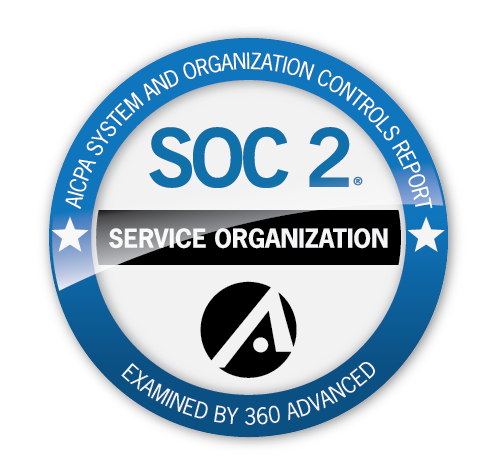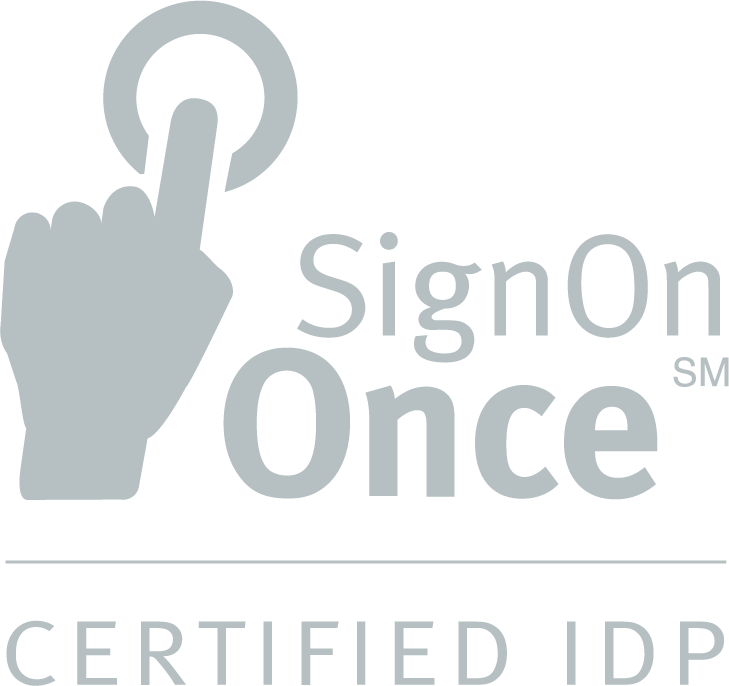Based on the NAIC’s annual Insurance Department Resources Report, nearly one in four insurers faced a financial and market conduct exam in the most recent year for which figures are available. As a consequence, these insurers paid hundreds of millions in total penalties and fees for failing to meet regulatory requirements. The lesson? Compliance management is crucial. Ignoring it until there’s risk of a state action is an exceptionally costly way for carriers to do business, which makes little sense in today’s leaner economy.
Amid hardening market conditions, many carriers look inward for opportunities to strengthen their economic position. Automating compliance operations is one sensible method for reducing costs—by reducing the exposure to fines and penalties, most importantly—while improving overall efficiency. By prioritizing technology-driven compliance operations, insurers can safeguard their financial interests and better focus on growing their business.
Exception-based processing is the idea of relying on automation to manage routine compliance requirements so licensing specialists can better engage with difficult exception cases. Where manual compliance processes are the norm, licensing specialists are frequently tasked with looking up data on state websites and reentering information from a paper form to an electronic source. Ask and they will tell you that it’s hardly the best use of their time.



